Was learning dance an organic process or did you find it difficult?
I still find it difficult.
Really, why?
Your understanding of the dance changes from day-to-day. The challenges physically are great. And then the art itself is so great that it makes you question your abilities. Each time you get up on stage it is like doing your arangetram again. The great influence of manodharma, improvisation in abhinaya, they all make it a very risky art form because it can either go very well or fall flat on its face. You are always taking up that challenge on stage. You have to get up there like a blank slate and let the art happen by itself. I can’t get up there as a male artiste, as Balasaraswati’s grandson. You can’t take your baggage up on stage.
But your audience is discerning and comes to see you for those very reasons?
Yes, they do but if I take all that up on stage, it is going to weigh down on what I do. My responsibility goes well beyond the mundane expectations of the audience. I have to rise beyond that otherwise I can’t do what I want to do. There are going to be ten thousand people; some who like it, some who don’t get it. And there are so many working off the idea of nostalgia. Audiences are quite fickle. What I have noticed today is that audiences don’t give artistes enough time to explain the art through their art. They constantly want the artiste to explain over the mike what they are going to emote. For me that’s like having fast food at Mc Donald’s. You know what you are going to get.
Is space for the art form shrinking then?
It’s a fight. For example, if you look at the Season today, you have dancer after dancer performing for an hour and 15 minutes. It’s not a matter of proving your mettle, it really is a matter of just manufacturing the next dance routine. So for a national art form that actually demands a couple of hours to show itself, it is a completely unfair situation where you have to get up on stage and do it in 45 minutes. Artistes begin to lose repertoire because they have to choose what they can and cannot do. Since it is a performance tradition, if you don’t perform, it loses its luster. It needs to be out there, highly polished and understood. It is a great challenge for me. It is the one thing I really detest.
How democratic is the art form itself?
Art is not democratic. Even within the tradition, if someone is not as skillful or adept or one-minded about it, they are not encouraged to pursue the form, not even taught certain pieces. There is discrimination in it because it is a profession. Not everyone can be the CEO of PepsiCo so then why is it expected in the arts and why is there this innate guilt? The institution of Kalakshetra grew out of that mentality, to bring in a certain democratization of the art form. Once it is institutionalized that way, it loses a certain weight to it. The intention might be ideal but the art in itself is not an ideal platform in that sense. The art is pretty cut-throat. It is not a fair profession. How many artistes are going to be on top of what they do? In a way we have used dance to satiate our guilt about it.
Artistes begin to lose repertoire because they have to choose what they can and cannot do. Since it is a performance tradition, if you don’t perform, it loses its luster. It needs to be out there, highly polished and understood. It is a great challenge for me. It is the one thing I really detest...
What draws people to dance even today? Why are parents, especially in a city like Chennai always looking for the right dance teacher, the right institution?
Pressure, I guess. We all come from a certain level of affluence. We have attained something already so what do we attain next? There has to be a certain public acceptance, bravado about one’s own artistic abilities. So it becomes amateurish. You learn dance for four or five years, perform your arangetram and dance in the season. That’s it.
But that’s all people seem to want...
And that’s all you are going to get from the art then. If you don’t opt for something more or demand from an audience, that’s all you will get. You get what you give at the end of the day. Today there is a bad rapport that dance has with the audience, the response is very lukewarm. I have dancers tell me that it is even a big deal to have 10 to 15 people in the audience.
One would question based on the assumption that more people would connect with the visual aspect of dance when compared to the technicalities of Carnatic music.
Exactly, but we are doing something innately wrong with it. We constantly blame the art but the art itself is fine.
How do you save something that is dying then?
For me it is not dying but a tradition that is expanding. What is necessary is that society needs to understand that it has a responsibility to uphold something like this. Because literally this family is one of the last few families left in South India. Then how do you talk about parampara?
Do you see a similar crisis with other art forms across the country, to keep parampara alive?
Yes, but Bharatanatyam got crushed much more. It definitely had to do with the social stigma around the artiste in the early 20th century. I am referring to the devadasi system, the idea of who was the devadasi, the role of the devadasi in the community, their art. This is not something spoken about within the community but it is a term that is used loosely nowadays. What do people know about what it entails in one’s artistic journey? We have people dressing up, trying to be that so it becomes a mimicry of what it entails. We are still trying to feed off a certain nostalgia, creating a sepia image of the end of the British Raj and we are all colonists enjoying the art form. It’s really sad because you can’t recreate something like that.
I feel it is a lack of seriousness. You don’t throw words around like that. The word devadasi does not mean prostitute. They are not the same thing. Not all devadasis were billionaires or great artistes. It was like any other profession, it had both good and bad like any other community.
Do you encourage your students question the tradition and evolution of the form itself?
They are encouraged to ask questions and I guide them through the thought process as objectively as I can but they are also vehemently taught how to respect the tradition.
Most of your students are girls, which is in keeping with the norm. But how easy was it for you, as a man to learn and perform?
It wasn’t easy and it still isn’t. I have always stuck to the repertoire my parents had and expanding within the boundaries of what the style itself is. The dance pieces mostly entail feminine voices but written by men. It was progressive in a sense but today our approach is much more backward. Today, in art we are so hung up on gender and sexuality. That really is the crux of the issue. A man dancing really has nothing much to do with dance. It definitely has to do with his sexual orientation and where people place him in society. No one really sees it as a dance first but is distracted by the fact that it is a man dancing. And this phenomenon is much more prominent in Bharatanatyam. Why is the question because it is not so in Kathak. And you have streevesham in Kathakali. Why the big dichotomy for us in Tamil culture is the unanswered question.
Interviewed by Anuradha Nagaraj
5 comments Comments











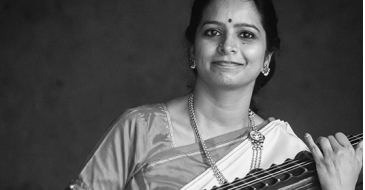
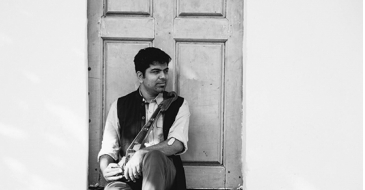
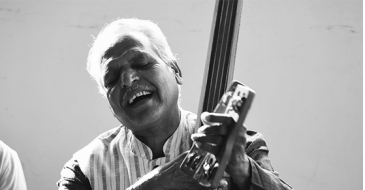
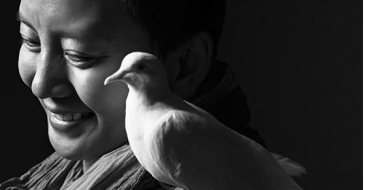
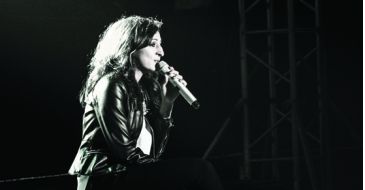
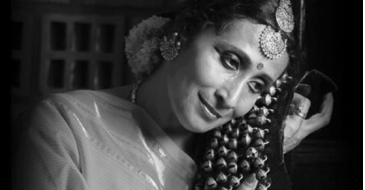
Anine de Grood
May 02, 2017
K?lid?sa Joseph Getter
May 02, 2017
Kaustubh
April 25, 2017
Sowmya Bala
April 19, 2017
Shyam Sundar
April 19, 2017